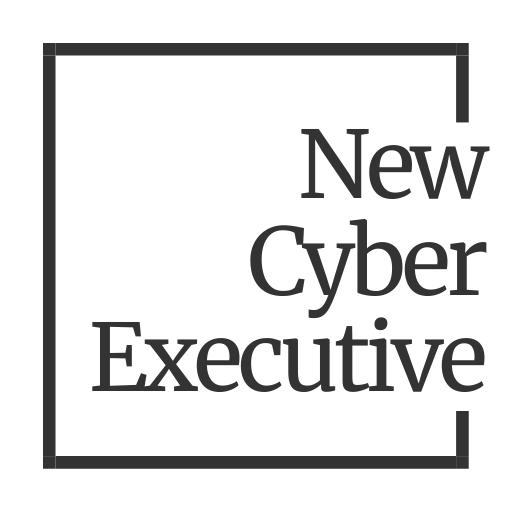Team Identity: Building Unified Leadership
Why Team Identity Matters
Security teams rarely fail because of technical gaps. They fail when their collective voice is missing. Without a shared identity, even high-performing leaders operate as skilled individuals instead of a unified force. The result:
Critical decisions stall when input is fragmented
Messages to executives shift depending on who is in the room
Opportunities to influence strategy are lost among competing priorities
A strong team identity shapes how members interact, make decisions, and represent themselves consistently across the enterprise. It turns scattered expertise into a single, credible presence across the organization.
Elements of a Cohesive Team Identity
Shared Purpose – A clear “who we are” and “why we are” that transcends tasks and ties directly to the organization’s mission
Collective Strengths – Awareness and deliberate use of the team’s combined capabilities
Consistent Representation – A unified voice and priorities, no matter who is speaking
Cultural Signals – Rituals, language, and behaviors that reinforce belonging and focus
Letting Team Identity Emerge
Our approach avoids imposing external order or personality frameworks. We work with the team’s existing strengths and perspectives, surfacing the unspoken structure that already exists but has not been named.
This is designed for capable leaders such as managers, directors, and VPs, operating under a single leader, who want to achieve something greater than the sum of their parts.
From Individual to Cohesive Leaders
Before:
Leaders execute well in their own domains, but collaboration is situational, not systemic
Cross-leverage happens by accident
Influence with executives depends on which team member is present
After:
Leaders move in concert without constant top-down direction
The team’s perspective surfaces naturally in enterprise decisions
Collective credibility grows, strengthening the CISO’s position at the table
How This Work Shows Up
By intentionally shaping identity, teams:
Build trust internally and externally
Navigate change with speed and resilience
Reduce friction across security functions
Gain a stronger, unified voice in executive discussions
Why It Works
We do not compete with the team’s authority, we amplify it.
When leaders name who they are as a team, implicit understanding becomes explicit identity. This clarity shifts how influence is exercised and how the team shows up across the organization.
It is not training. It is not performative team building. It is targeted work that closes the gap between capability and collective impact.
What's Next?
This offering turns a capable team into a coherent force, removing hidden friction, strengthening the CISO’s influence, and embedding the team’s value in the decisions that matter most.
